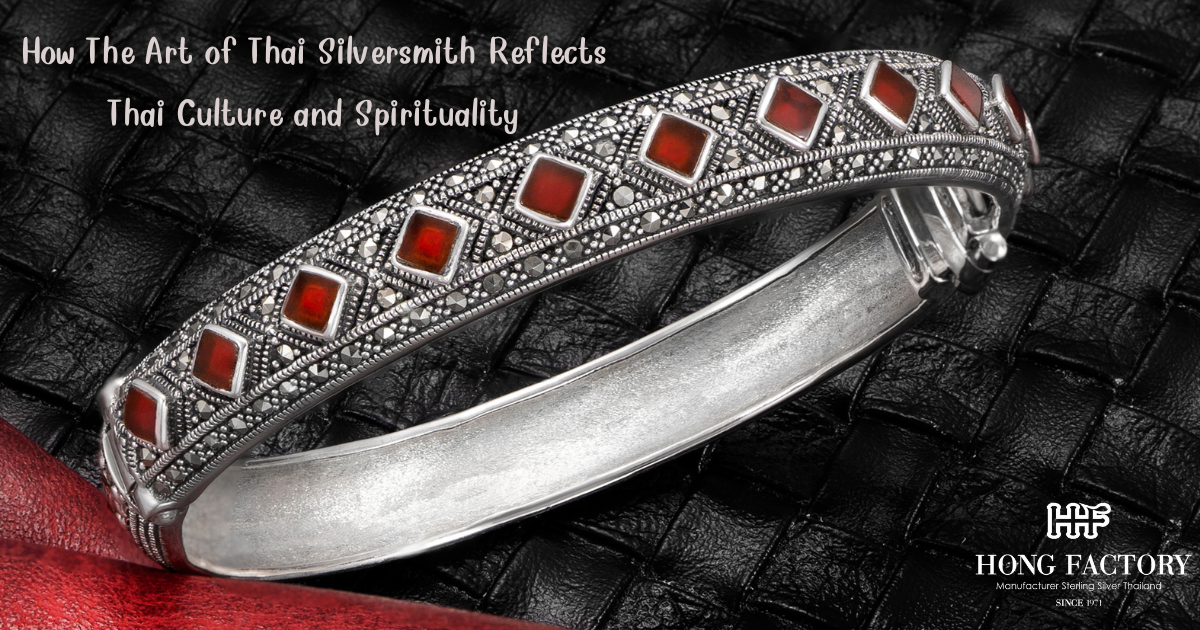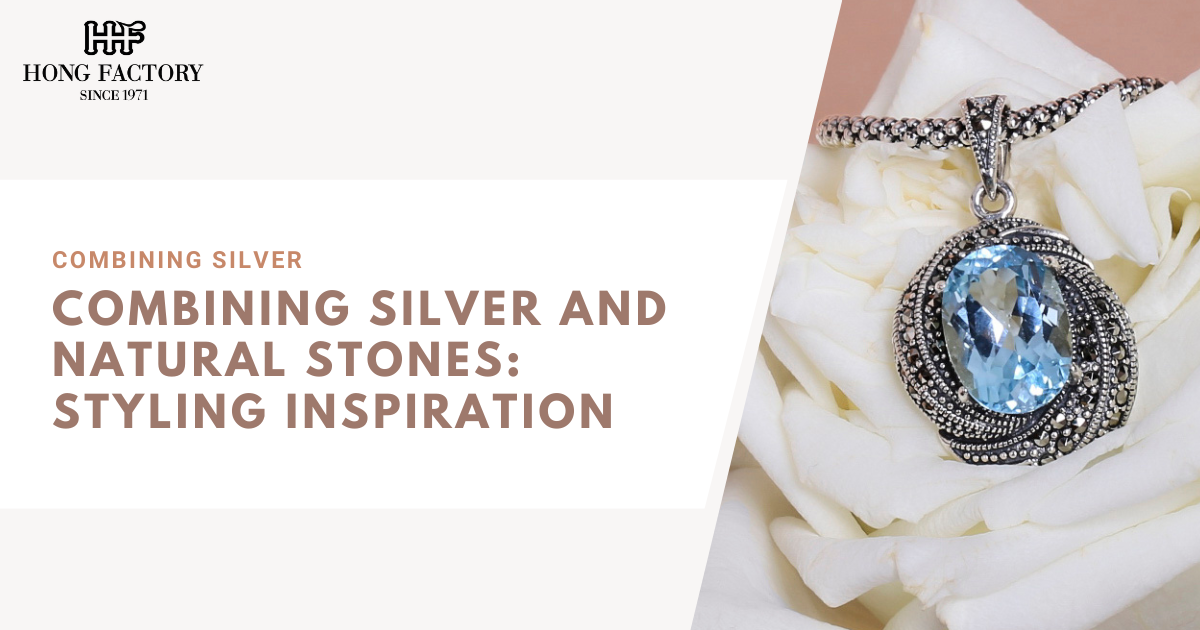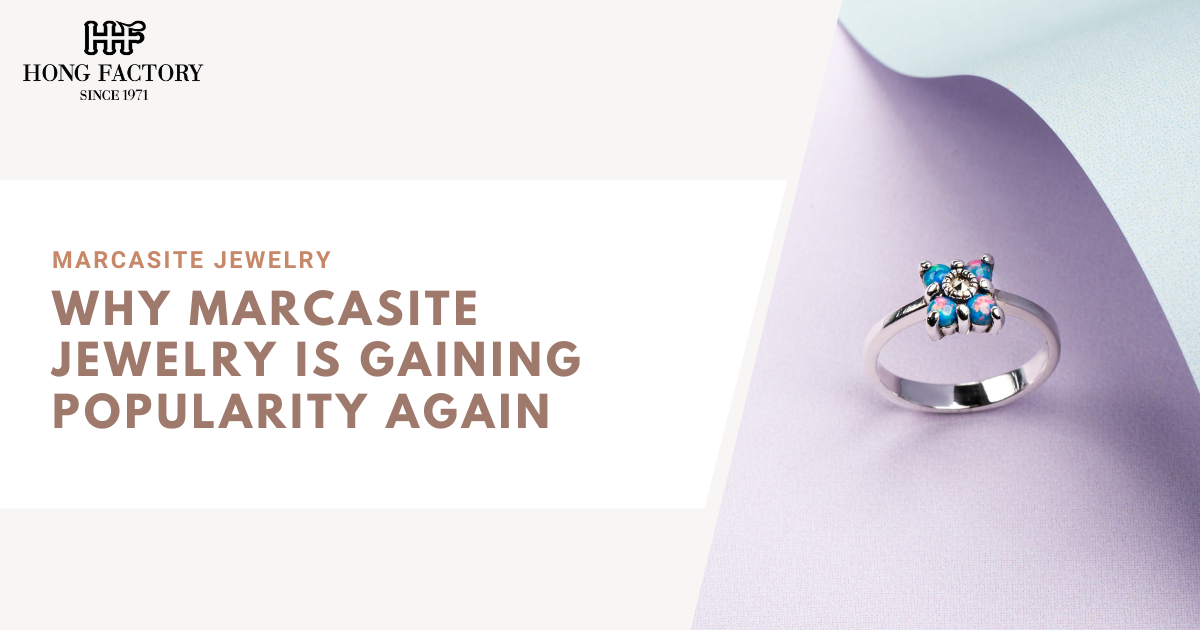Thailand is a country known for its artistic expression, deep spirituality, and cultural richness. Among its many traditional crafts, silversmithing holds a special place as a living embodiment of Thai heritage.
The art of working with silver — from shaping raw material to creating sacred ornaments — reveals the essence of Thai culture, where craftsmanship, religion, and beauty are intricately intertwined. Every handmade piece tells a story of devotion, community, and timeless artistry. marcasite stone

The Cultural Essence of The Art of Thai Silversmith
The Art of Thai Silversmith has flourished for centuries, tracing its origins back to the ancient kingdoms of Sukhothai and Lanna. During these eras, silver was regarded as a precious metal symbolizing purity, protection, and prosperity.
It was commonly used to craft royal jewelry, temple offerings, and ceremonial objects that reflected both artistry and faith. The creation of silver items was not merely a profession — it was an act of cultural expression and spiritual respect.
Chiang Mai and Chiang Rai in Northern Thailand became the heart of this silver tradition. Artisans developed unique techniques and patterns that mirrored the local way of life.
The famous repoussé and chasing methods, in which silver is hammered and engraved with intricate motifs, became hallmarks of northern craftsmanship. Each design carried cultural significance, often inspired by Buddhist teachings, nature, and folklore — the foundation of Thai identity.
Symbolism in Thai Silver Designs
Every pattern engraved by a Thai silversmith holds a deeper meaning. Traditional motifs such as lotus flowers, elephants, and mythical creatures are not simply decorative — they are symbols of spiritual belief and moral values.
The lotus, for example, represents purity and enlightenment, rising beautifully from muddy waters just as the human spirit seeks to transcend worldly suffering. The Naga serpent symbolizes protection and wisdom, while elephants embody strength, loyalty, and peace.
These symbols not only reflect Thai spirituality but also emphasize the interconnectedness between humans, nature, and the divine. By wearing or gifting silver jewelry with such motifs, people express respect for their heritage and faith. This is why Thai silver remains both an art form and a spiritual talisman — a manifestation of cultural pride and belief in good fortune.
Spiritual Connection Through Craftsmanship
For Thai silversmiths, creating silver pieces is more than just metalwork; it is a meditative practice. The process requires patience, mindfulness, and precision. Each step — melting, hammering, engraving, and polishing — is performed with care and reverence.
Some artisans even begin their work with prayers or blessings, asking for guidance and inspiration. This spiritual mindfulness infuses each piece with energy, transforming it into something more than a physical object — it becomes a vessel of meaning.
In Buddhist culture, silver is believed to bring balance, clarity, and peace to the wearer. Many temples across Thailand feature silver decorations and statues as offerings to deities. The famous Silver Temple (Wat Sri Suphan) in Chiang Mai stands as a shining example of this union between art and faith. Every panel and carving in the temple is made of handcrafted silver, depicting Buddhist stories and symbols. It represents not only human skill but also spiritual devotion.

The Role of Silversmithing in Thai Community Life
Silversmithing has long been a communal tradition in Thailand. Family-run workshops and village cooperatives have passed down techniques through generations. Young apprentices learn from elders, ensuring that the artistry and its cultural roots continue to thrive.
Beyond technical mastery, they are also taught the values of humility, respect, and perseverance — virtues deeply rooted in Thai Buddhism. Silver objects play a vital role in local ceremonies and social life.
During festivals and religious celebrations, handcrafted silver ornaments and accessories are often worn or offered to monks and temples. These customs not only highlight the importance of silver in daily life but also strengthen the bond between community, spirituality, and art.
Modern Expression of Ancient Tradition
While modernization has transformed many aspects of Thai society, The Art of Thai Silversmith continues to flourish. Contemporary designers are blending traditional motifs with modern aesthetics, creating jewelry that appeals to international markets while preserving cultural authenticity.
Sterling silver necklaces, rings, and bracelets with engraved Buddhist motifs are now sought after worldwide for their beauty and symbolism. Modern silversmiths are also incorporating sustainable practices, using recycled silver and eco-friendly materials.
This approach reflects the Thai philosophy of harmony — living in balance with nature while honoring tradition. By doing so, they ensure that this sacred craft remains relevant, ethical, and respected in the modern world.
A Shining Reflection of Thai Soul
The Art of Thai Silversmith is far more than an artistic craft — it is a reflection of Thailand’s heart and spirit. Each handcrafted piece embodies centuries of cultural wisdom, spiritual symbolism, and human connection.
Through their meticulous work, Thai silversmiths preserve not just a tradition, but a way of life that values mindfulness, harmony, and beauty. As Thai silver continues to inspire the world, it serves as a radiant reminder that true art does more than please the eye — it nourishes the soul and carries the legacy of faith and culture across generations.




